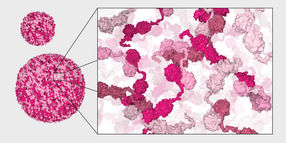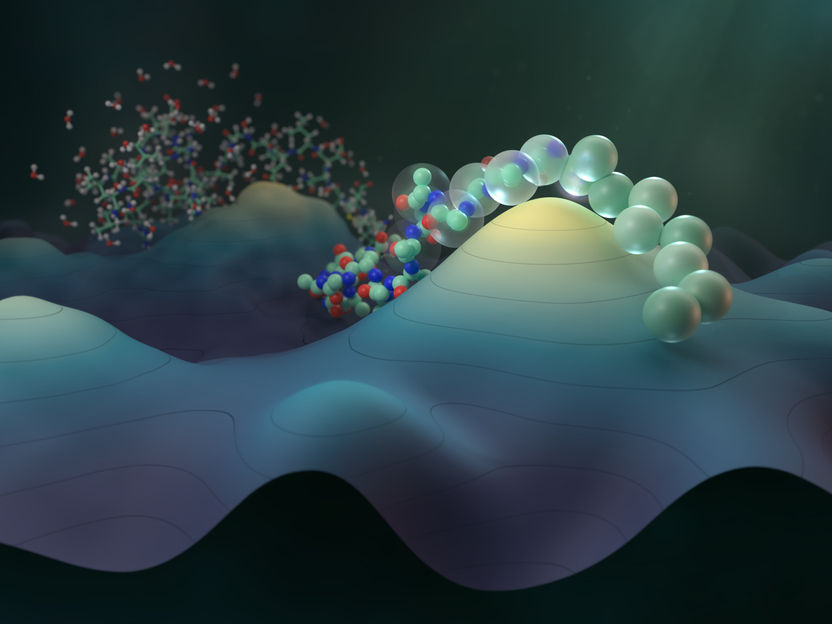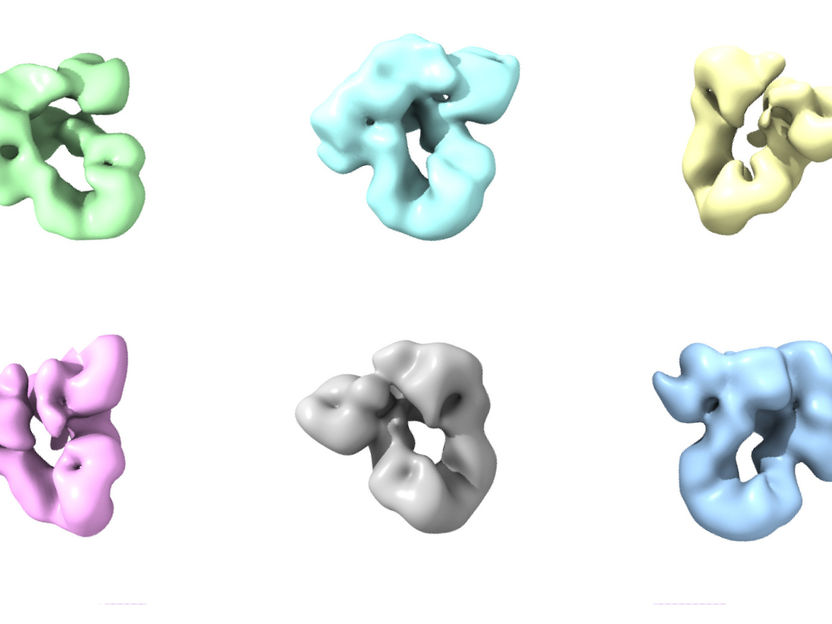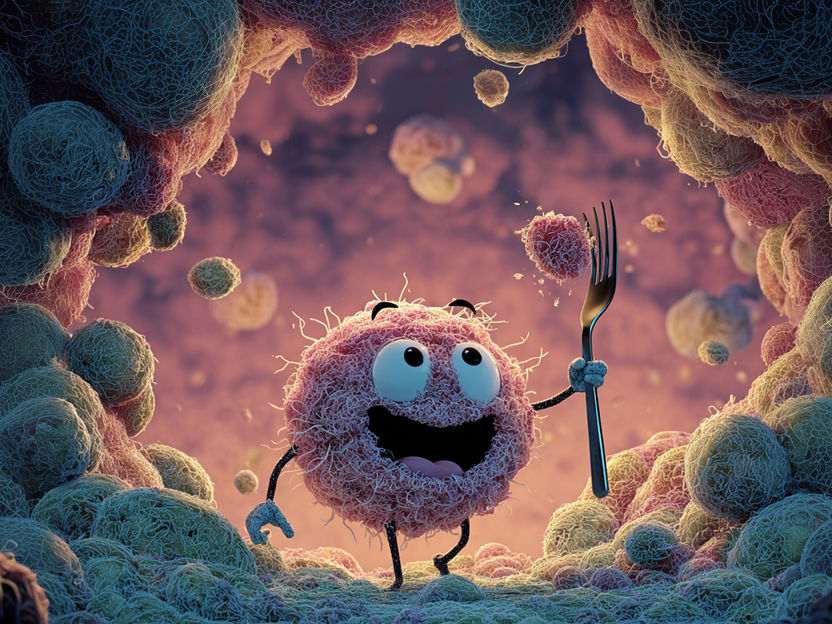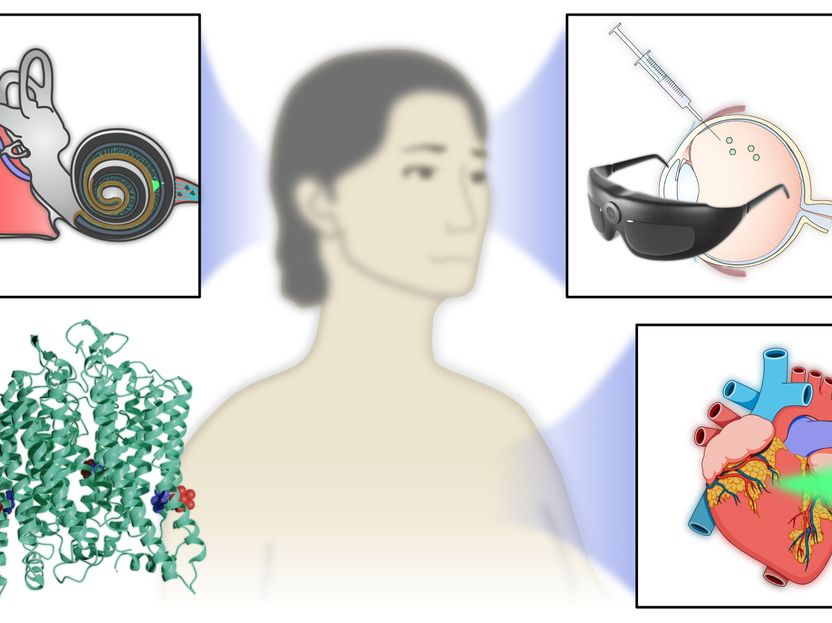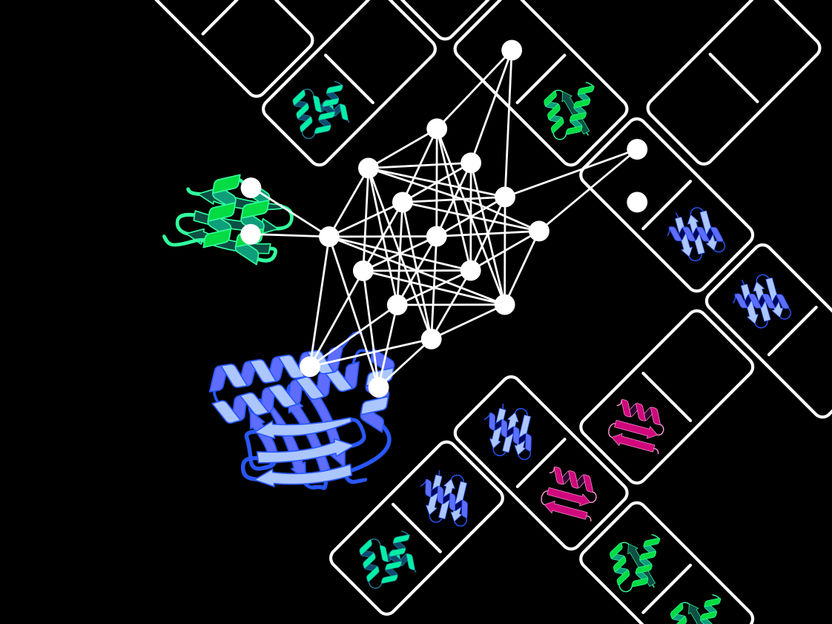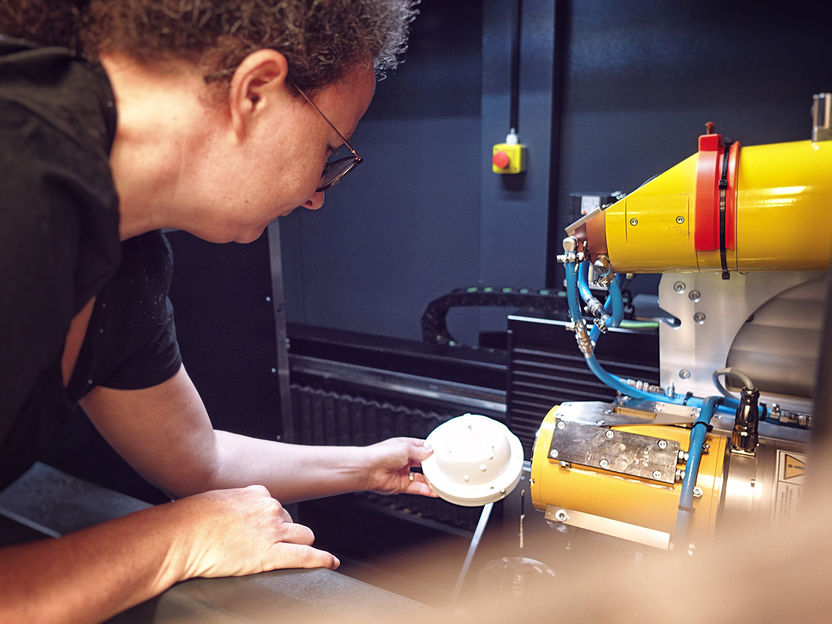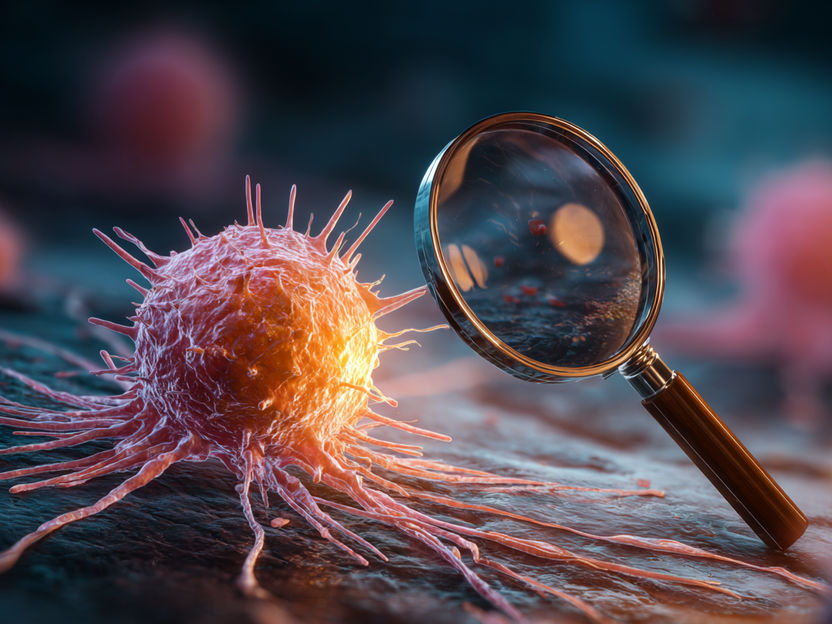Biomarkers for Brain Insulin Resistance Discovered in the Blood
Advertisement
If the brain no longer responds properly to insulin (insulin resistance), this can lead to overweight, diabetes, and Alzheimer's disease. Researchers at the German Center for Diabetes Research (DZD) in Potsdam and Tübingen have discovered small chemical modifications to genetic material (epigenetic changes*) in the blood that indicate how well the brain responds to insulin. These markers could help to detect insulin resistance in the brain – by means of a simple blood test. The findings were published in the journal Science Translational Medicine.
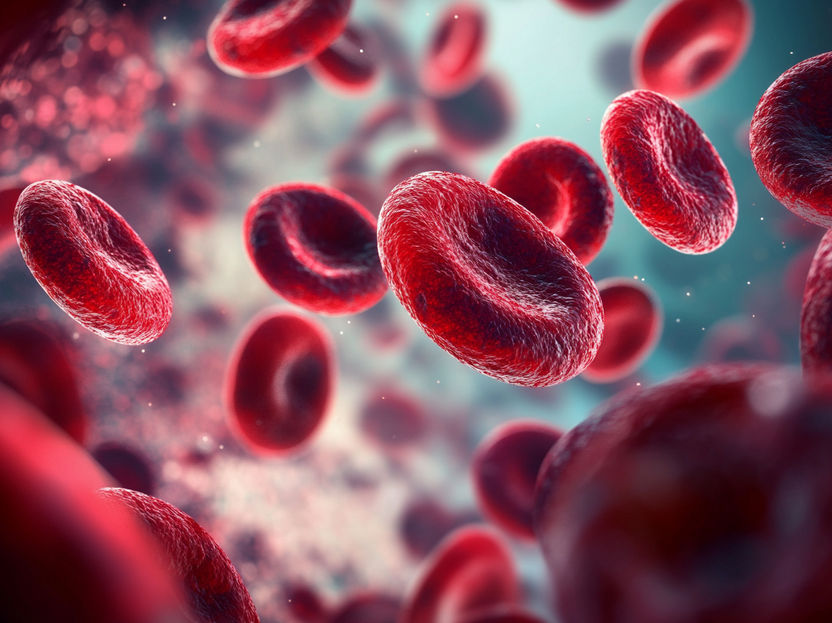
Symbolic image
AI-generated image
“Insulin is not only involved in metabolism but also plays a key role in the brain with regard to cognitive functions, appetite regulation, and energy homeostasis,” explains Prof. Dr. Stephanie Kullmann. She is a researcher at the Institute for Diabetes Research and Metabolic Diseases (IDM) of Helmholtz Munich at the University of Tübingen and is the first author of the current publication. To date, the detection of brain insulin resistance remains cost and time-intensive, with no biomarkers currently available . “Our new study shows that we can extract epigenetic signatures from the blood that very precisely indicate whether the brain is still responding to insulin – or has stopped doing do,” says Prof. Dr. Annette Schürmann of the German Institute of Human Nutrition Potsdam-Rehbruecke (DIfE).
Precise Classification Thanks to Machine Learning
In order to identify epigenetic markers, the research team used a machine learning method to analyze DNA methylation patterns (small chemical modifications in DNA) in the blood. They studied people without type 2 diabetes (T2D) who differed in terms of their brain’s response to insulin but had similar peripheral insulin sensitivity values. Imaging data, metabolic data, and epigenetic data were integrated into the machine learning workflow.
In a first study cohort with 167 participants, the researchers identified 540 so-called CpG sites with methylation patterns that made it possible to reliably distinguish between people with and without insulin resistance in the brain.
“It is noteworthy that many of these methylation sites were associated with an elevated risk of T2D,” reports Meriem Ouni of DIfE, last author of the study. “This suggests a mutual influence between insulin resistance in the brain and metabolic disease.”
The findings were subsequently confirmed in two independent replication cohorts with 33 and 24 people – and with a high degree of accuracy (83% to 94%). “We were able to show that these signatures are reliable independent of age or BMI,” emphasizes Schürmann.
Blood as a Reflection of the Brain
All 540 examined CpG sites exhibited changed methylation patterns. For 98 of the identified CpG sites, the researchers found a correlation between blood methylation and brain methylation in a publicly available dataset. Many of the corresponding genes play a role in neuronal development, synapse formation, and signal transmission. “Our findings suggest that the epigenetic profile in the blood can reflect key processes in the brain,” explains Ouni.
Great Relevance for Prevention and Therapy
Previous work had already shown that people with insulin resistance in the brain respond less well to lifestyle interventions, store more visceral fat, and experience more frequent cravings – all risk factors for the development of T2D.
“In future, the newly identified epigenetic markers could serve as a screening instrument in order to detect risk patients early on and provide them with targeted treatment – such as through more intensified lifestyle changes or new active substances ,” states Ouni with conviction. “If we know who is insulin resistant in the brain, we can make interventions much more targeted and effective.” The team’s goal is now to develop a standardized test panel on the basis of the 540 identified CpG sites that can be used in clinical practice.
Whether epigenetic signatures in the blood can also be used for the early detection of neurodegenerative diseases such as Alzheimer’s disease remains a question for future studies.
Interdisciplinary Collaboration
The current research findings were enabled by close interdisciplinary collaboration between various institutions. The interplay between the DZD’s two main research topics; “Metabolic Control by the Brain” (Brain Academy) and “The Influence of Genetics and Epigenetics on the Development of Diabetes” (Epigenetic Academy) played a key role in this. Scientists from the Center of Brain, Behavior and Metabolism (CBBM) of the University of Lübeck and from the Ulm University Hospital were also involved. This interdisciplinary expertise was instrumental in gaining new insights into the complex relationships between metabolism, epigenetics, and the brain.
Original publication
Stephanie Kullmann, Amandeep Singh, Ratika Sehgal, Fabian Eichelmann, Leontine Sandforth, Britta Wilms, Markus Jähnert, Andreas Peter, Svenja Meyhöfer, Dirk Walther, Hubert Preissl, Hans-Ulrich Häring, Matthias B. Schulze, Martin Heni, Andreas L. Birkenfeld, Annette Schürmann, Meriem Ouni: Circulating Epigenetic Signatures Classifying Brain Insulin Resistance in Humans. Science Translational Medicine














